Hardwood flooring is more than just a surface to walk on; it’s a critical design element that can transform the entire ambiance of a room. With its timeless appeal and durable nature, hardwood flooring has become a popular choice among homeowners. This post aims to explore various hardwood flooring options, delving into the types, styles, finishes, and installation methods. Whether you’re renovating your home or building a new one, understanding these aspects can help you make an informed decision that aligns with your taste, budget, and lifestyle.
Contents
Types Of Hardwood Flooring
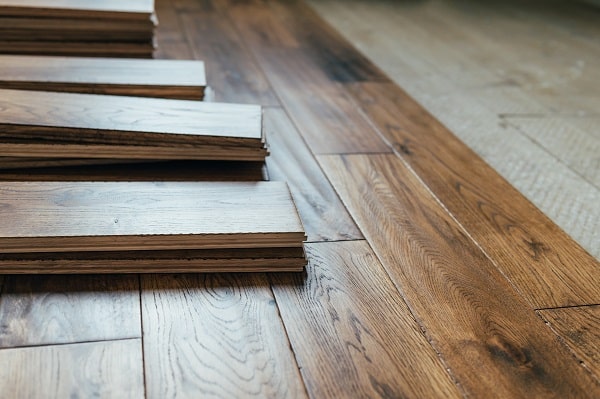
Solid hardwood is known for its robustness and longevity. It’s made from a single piece of wood, providing a uniform look that many find appealing. This type of flooring is suitable for living rooms and bedrooms, where the classic appearance of wood can shine. Engineered hardwood, on the other hand, consists of multiple layers, offering stability and resistance to moisture.
Exotic hardwood brings a unique flair to any space, with wood sourced from around the world. These woods often have distinct colors and grain patterns, adding a touch of luxury to the interior. While exotic hardwoods can be more expensive, their unique appearance and quality often justify the investment. Choosing the right type of hardwood flooring depends on various factors such as location, usage, and personal preferences, and understanding these types can guide you to the perfect choice.
Styles And Finishes
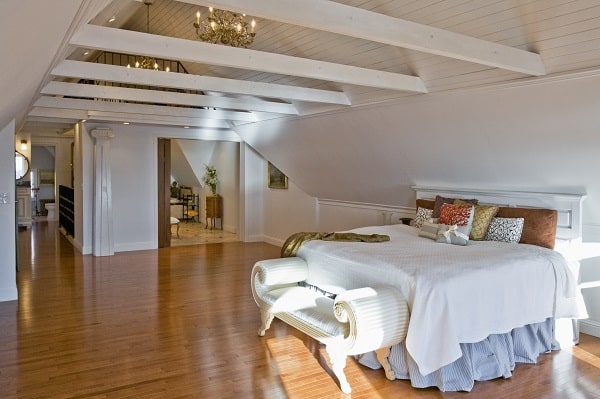
The traditional style of hardwood flooring offers a timeless elegance that never goes out of fashion. With classic patterns and warm tones, traditional hardwood floors create a cozy and inviting atmosphere. This style often features intricate details and craftsmanship, reflecting a sense of history and charm. Modern style, in contrast, embraces simplicity and clean lines, often using lighter shades to create a bright and airy feel.
Finishes play a crucial role in the appearance and durability of hardwood floors. From glossy to matte, the finish can dramatically alter the look of the floor. Some finishes offer added protection against scratches and stains, while others enhance the natural beauty of the wood. Whether you prefer a rustic look or a sleek, contemporary design, understanding the various styles and finishes can help you achieve the desired effect.
Installation Methods
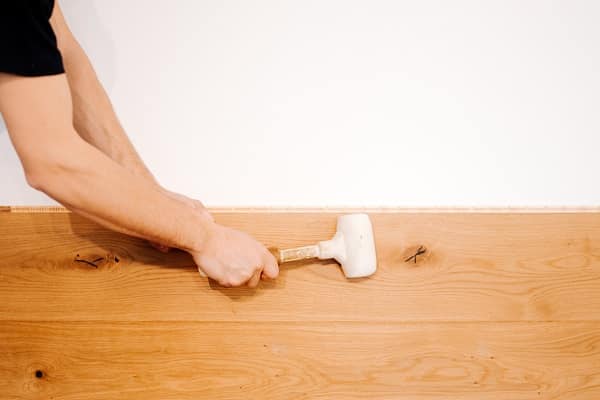
The nail-down method is a traditional way of installing hardwood floors, using nails to secure the planks to the subfloor. This method provides a stable and solid feel underfoot, making it a preferred choice for many homeowners. However, it requires careful planning and professional expertise to ensure proper alignment and avoid potential issues.
The glue-down method involves adhering the hardwood planks directly to the subfloor using a special adhesive. This method offers flexibility in design and can be used on various surfaces, including concrete. Meanwhile, the floating method allows the floor to “float” above the subfloor, often using a click-lock system. Each of these methods has its advantages and considerations, and choosing the right one depends on factors like the type of wood, the condition of the subfloor, and the desired appearance of the finished floor.
Cost Considerations
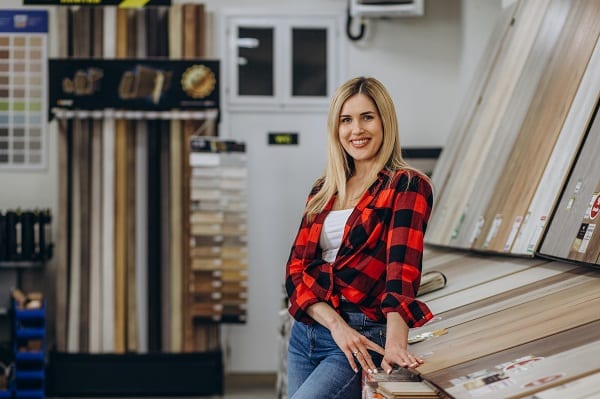
Material costs for hardwood flooring can vary widely depending on the type, quality, and origin of the wood. Solid hardwood is typically more expensive than engineered wood and exotic species can command premium prices. Other factors, such as thickness, grade, and finish, also influence the cost. It’s essential to consider these aspects to find a product that fits within your budget without compromising on quality.
Installation costs can add significantly to the overall expense of hardwood flooring. Labor charges depend on the complexity of the installation; the method used, and the region where you live. Additional costs may arise from subfloor preparation, removal of old flooring, and any necessary repairs. Considering the long-term value, hardwood floors can be a wise investment, enhancing the home’s aesthetic appeal and potentially increasing its resale value.
Environmental Impact
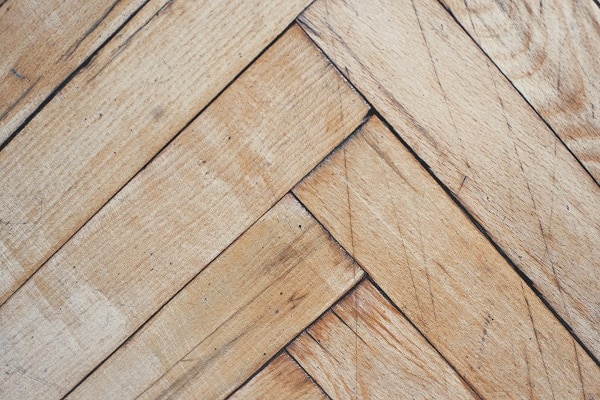
The sustainable options available in hardwood flooring are growing in popularity as more consumers seek environmentally responsible choices. From reclaimed wood to sustainably harvested species, these options minimize the impact on the environment. Certifications such as FSC (Forest Stewardship Council) can provide assurance that the wood has been sourced responsibly.
Recycling and reuse of hardwood flooring is another way to reduce environmental impact. Old hardwood floors can often be refinished or repurposed, extending their life and reducing waste. Additionally, some manufacturers are embracing eco-friendly practices in production, using non-toxic adhesives and finishes. By considering the environmental impact of your flooring choices, you can contribute to conservation efforts and align your home with your values.
Maintenance And Care
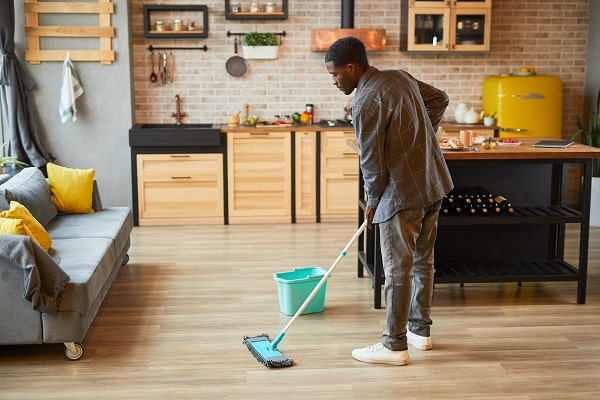
Daily cleaning of hardwood floors is relatively simple but requires attention to detail. Using a soft broom or vacuum with a hardwood setting can remove dirt and debris without scratching the surface. Avoiding wet mops and harsh cleaners will preserve the finish and prevent damage. Regular cleaning not only maintains the appearance but also extends the life of the floor.
Periodic maintenance, such as polishing and refinishing, can rejuvenate a hardwood floor that has lost its luster. Polishing can restore shine, while refinishing involves sanding down the surface and applying a new finish. Avoiding damage is also crucial, and simple measures like using protective pads under furniture and wiping up spills promptly can prevent scratches and stains. Understanding proper maintenance and care ensures that your hardwood floors remain beautiful and functional for years to come.
Pros And Cons
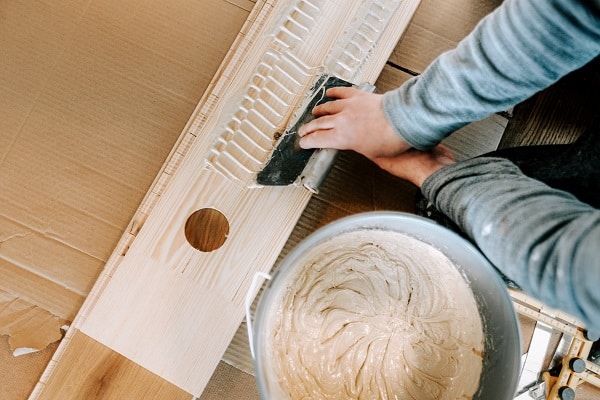
The advantages of hardwood flooring are numerous, including its timeless beauty, durability, and potential to increase home value. Hardwood floors are known for their versatility, fitting seamlessly into various interior design styles. They also offer a clean and hypoallergenic surface, making them a preferred choice for many homeowners.
However, hardwood flooring also has its disadvantages. The initial cost can be high, especially for premium types and professional installation. Maintenance requires diligence, and improper care can lead to damage. Some hardwoods are also susceptible to moisture and humidity, which can cause warping or discoloration. Weighing the pros and cons of hardwood flooring is an essential step in making an informed decision that meets your needs and expectations.
Trends In Hardwood Flooring
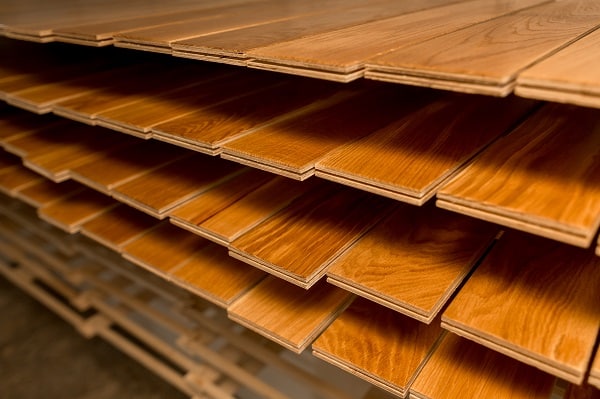
Color trends in hardwood flooring are continually evolving, reflecting shifts in interior design and consumer preferences. From rich, dark hues to light, natural tones, color plays a vital role in defining the space’s ambiance. Recent trends lean towards neutral and earthy shades, offering a versatile backdrop for various decor styles. Textures and finishes can further enhance the color, creating unique visual effects.
Texture trends are also shaping the hardwood flooring landscape, with options ranging from smooth and glossy to hand-scraped and distressed. These textures add character and depth to the floor, allowing for personalized expression. Technology trends, such as innovative manufacturing techniques and smart floor systems, are introducing new possibilities in durability, customization, and environmental sustainability. Staying abreast of these trends can inspire fresh ideas and ensure that your flooring choice is both stylish and forward-thinking.
Choosing The Right Hardwood Flooring
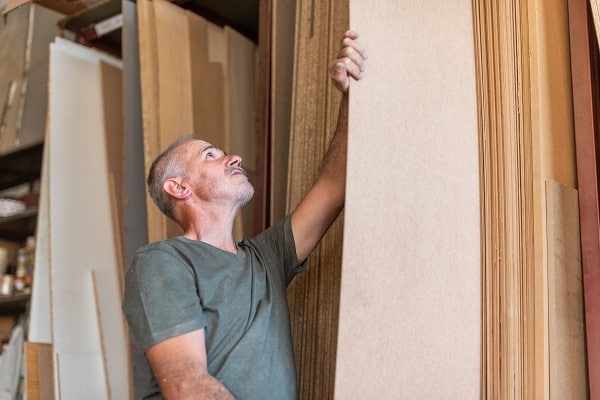
Room considerations are essential when selecting hardwood flooring, as different rooms have varying needs and challenges. For example, kitchens may require more moisture-resistant options, while bedrooms might benefit from softer, warmer woods. Understanding the function and conditions of each room helps in choosing the most suitable hardwood flooring. Personal preferences in style, color, and texture should also align with the overall design theme.
Professional consultation can be invaluable in making the right choice. Flooring experts can assess your specific situation, recommend suitable options, and even provide samples to visualize the final result. Their insights can save time and prevent costly mistakes, ensuring that the chosen hardwood flooring enhances the beauty and functionality of your home. Leveraging professional expertise adds confidence to your decision and helps translate your vision into reality.
Explore The Many Hardwood Flooring Options!
Exploring hardwood flooring options is an exciting journey that opens doors to creativity, elegance, and lasting value. From understanding the different types and styles to considering costs, environmental impact, maintenance, and emerging trends, this comprehensive guide offers insights to navigate the myriad of choices. Whether seeking the timeless charm of traditional hardwood or the innovative allure of modern designs, the key to success lies in aligning your selections with your needs, preferences, and lifestyle. Embrace the possibilities, consult with professionals, and let the beauty of hardwood flooring transform your living spaces into a reflection of your unique personality!



